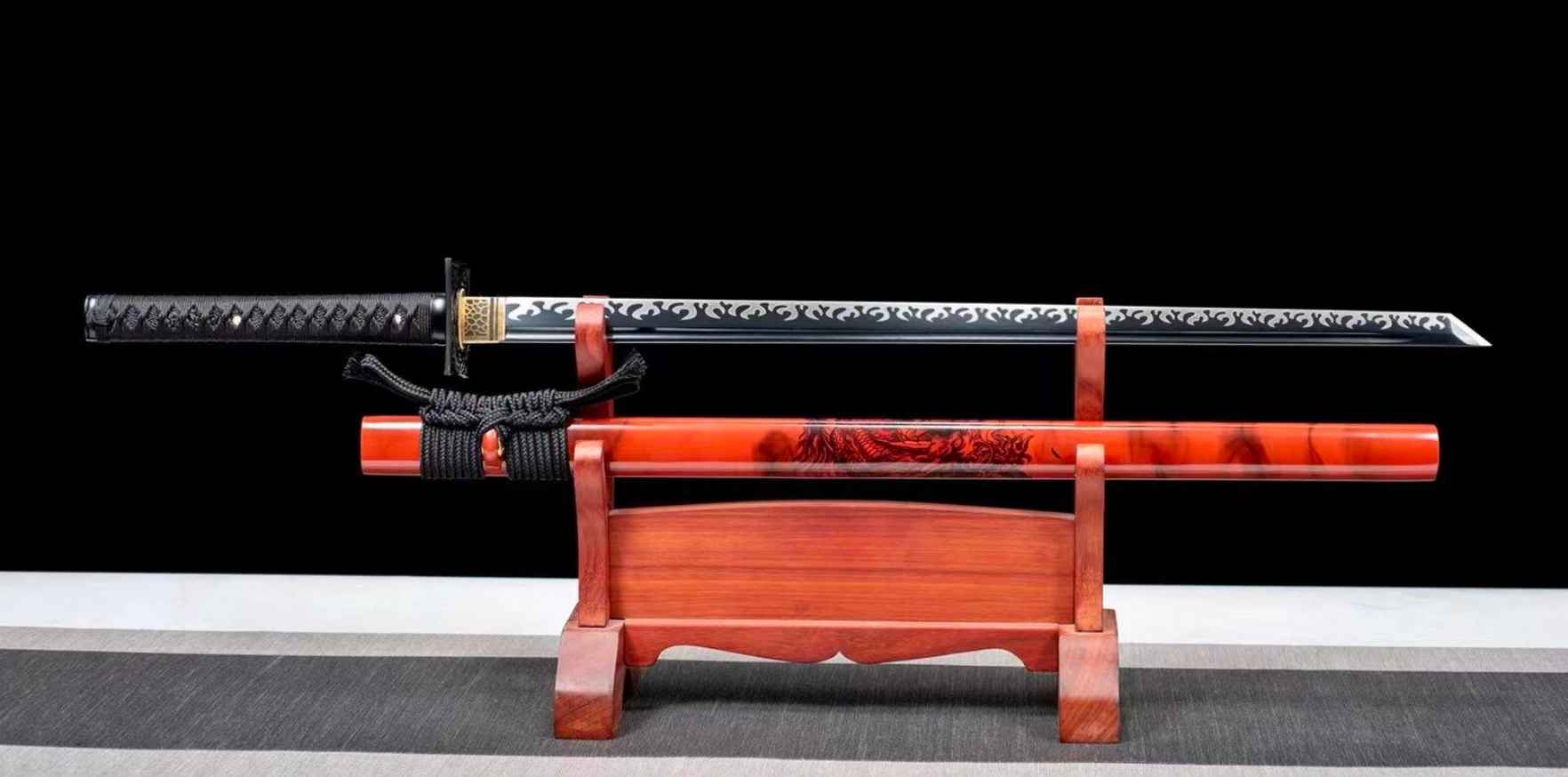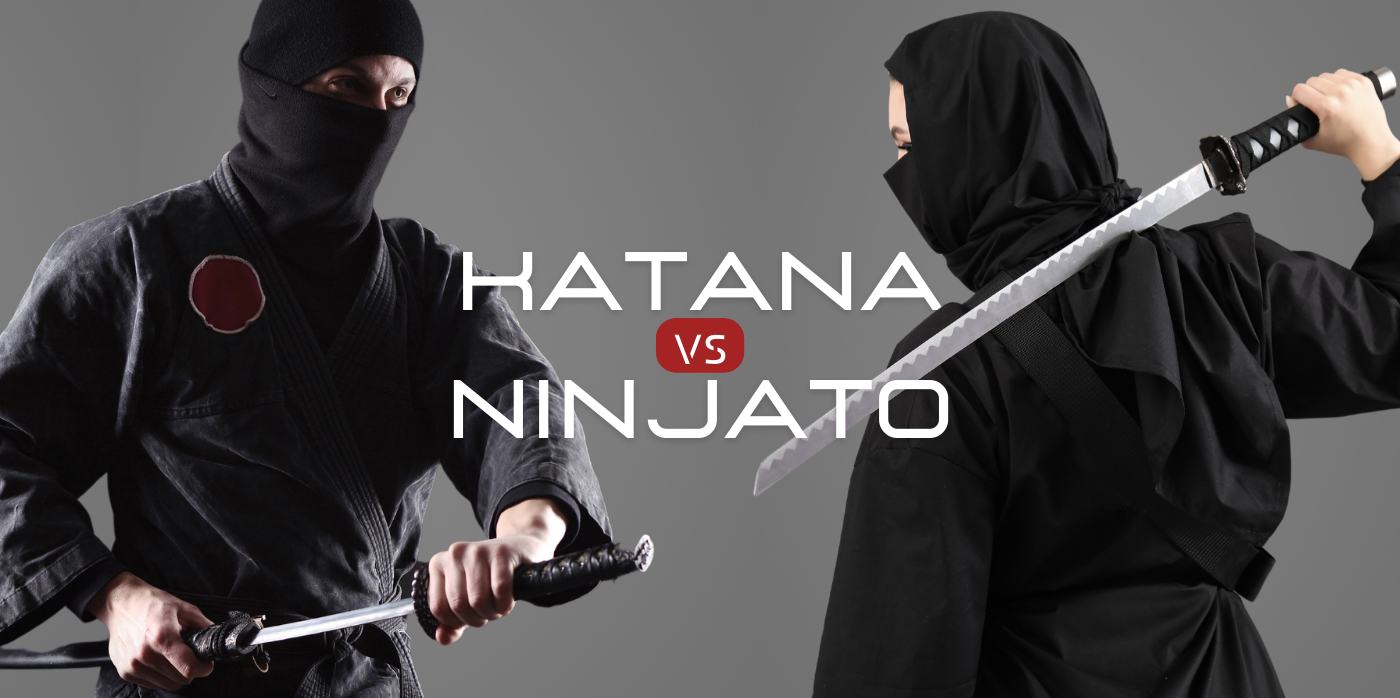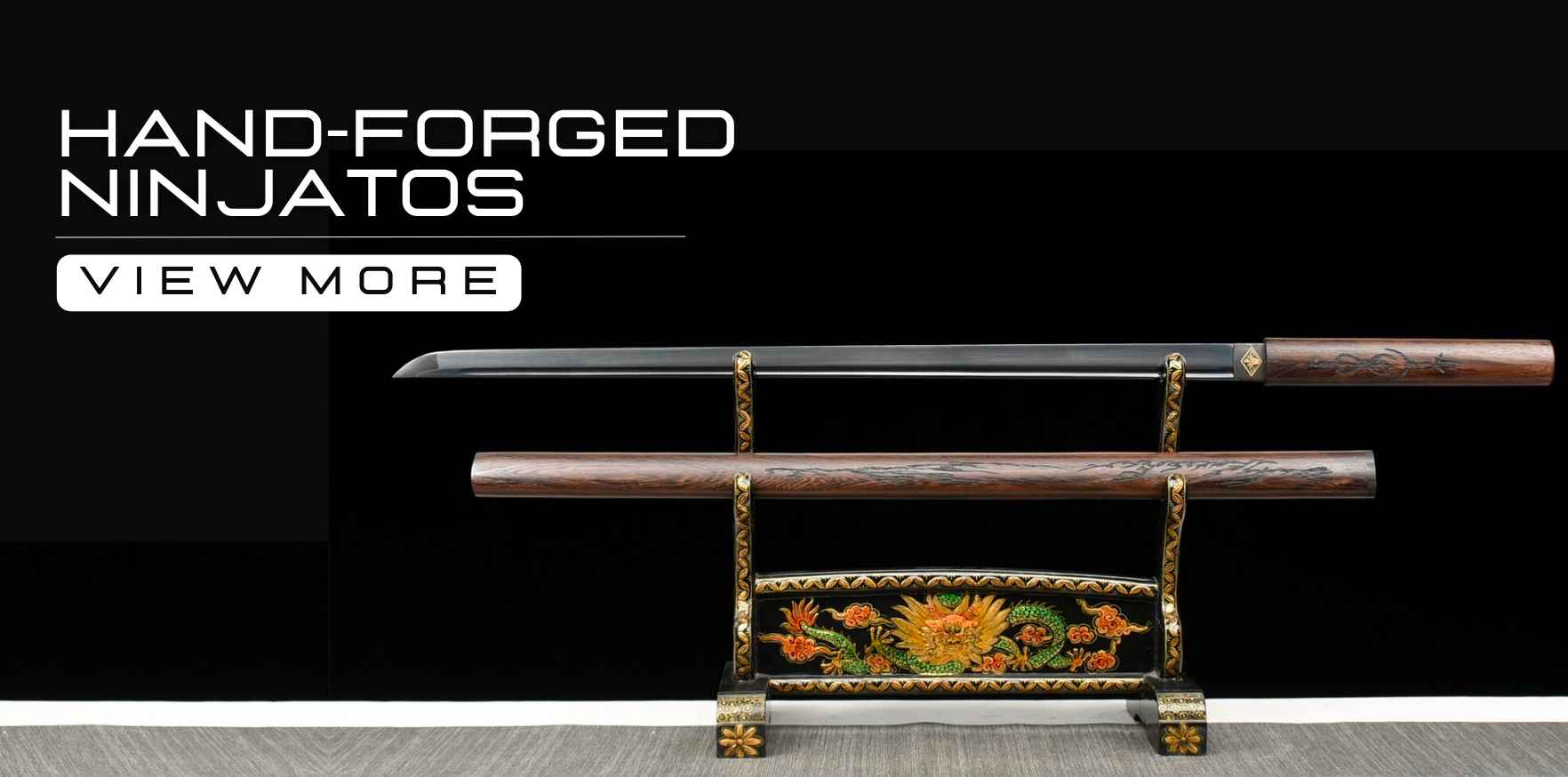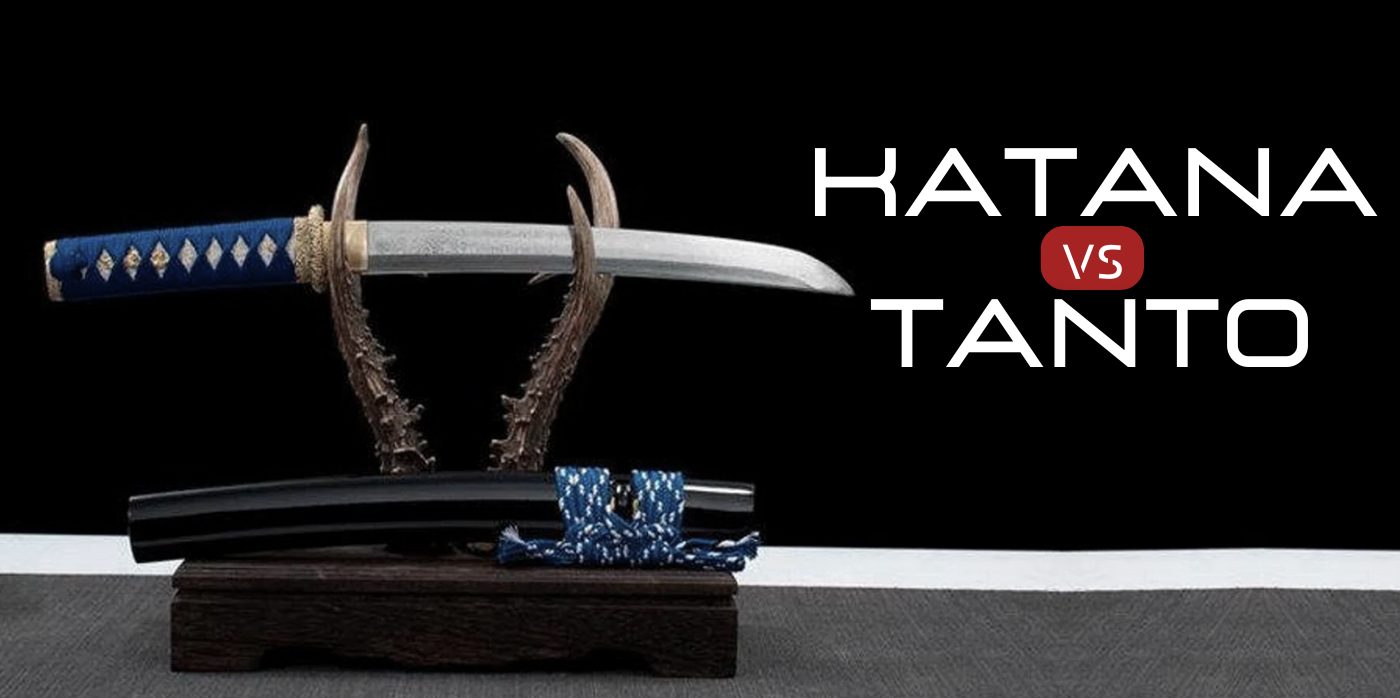In the broad spectrum of Japanese swordsmanship, the Ninjato and Katana emerge as two potent exemplars. Although their distinctions may appear subtle to the novice observer, both swords possess distinctive attributes in their structure, function, and historical narratives. This blog post will dive into the Ninjato vs Katana discussion, exploring the distinct characteristics and history of these classic Japanese martial arts weapons.
1. Understanding the Katana and the Ninjato
The Katana, a symbol of honor and precision, is a traditional Samurai sword that carries with it the culture and principles of feudal Japan. It's known for its blade design - curved, slender, and single-edged. This remarkable weapon epitomizes the ethos of the samurai, featuring an intricate combination of aesthetics, functionality, and spiritual symbolism.
On the other side of the Ninjato vs Katana debate is the Ninjato, often associated with the covert agents of feudal Japan - the Ninjas or Shinobi. Unlike the curved Katana, the Ninjato is a straight sword, allowing for quick and stealthy strikes, essential for the surprise attacks that ninjas were renowned for.
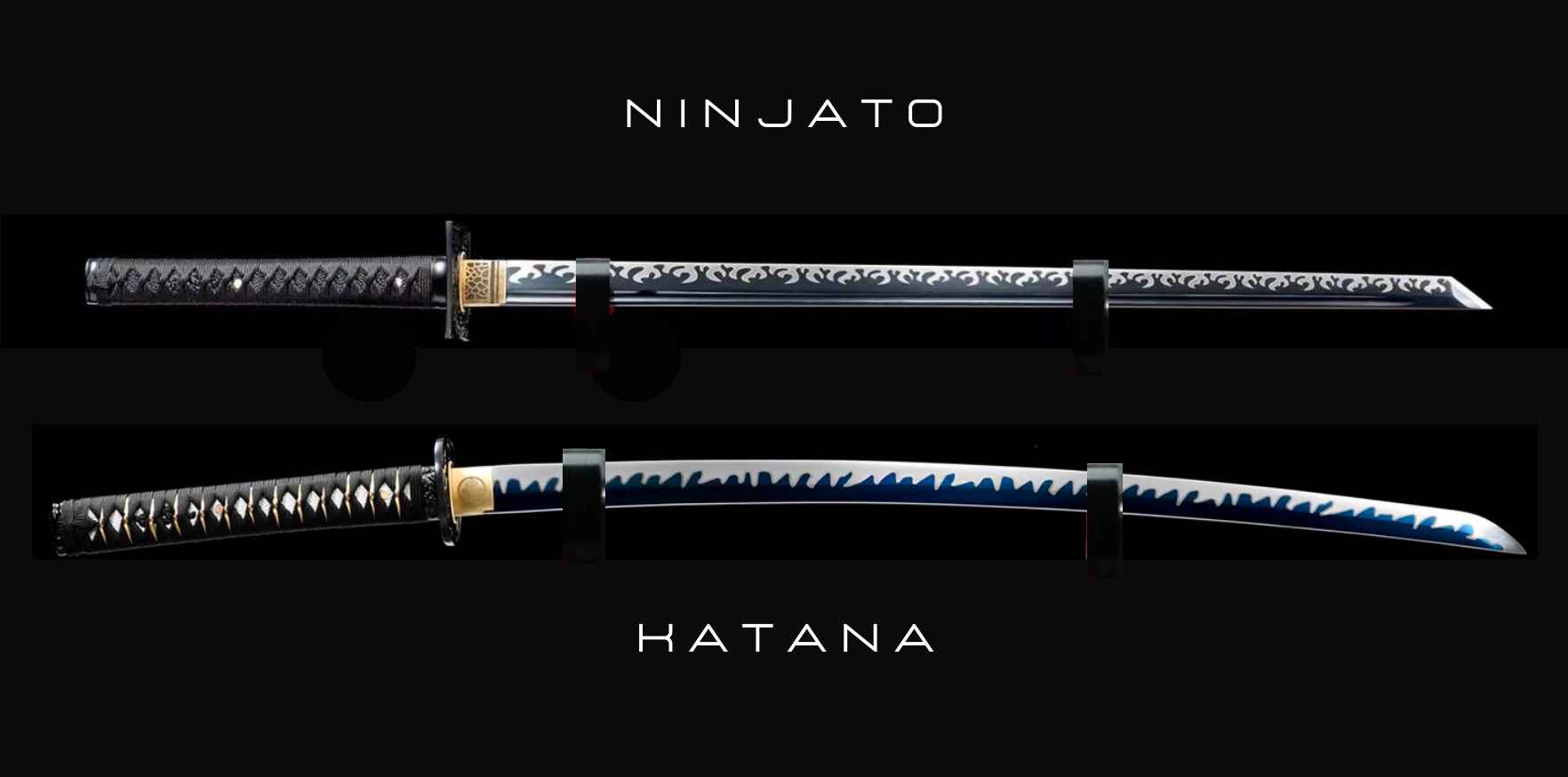
2. Katana Craftsmanship vs Ninjato
The Katana holds a notable reputation for its extraordinary artisanship. The forging of this sword entails an intensive process of constant heating, folding, and hammering, culminating in a blade that boasts matchless sharpness and enduring strength. The unique curve of the katana blade is achieved through differential heat treatment, known as 'Yaki-Ire'.
On the other hand, the Ninjato, commonly associated with the ninja of feudal Japan, is often portrayed as a straight, shorter sword. However, there's ongoing debate among historians about its actual existence and design, due to the lack of historical artifacts and documents. In popular culture and modern practices, it's depicted as a simplistic sword with a straight blade and square tsuba (guard).
3. Katana Design vs Ninjato
The Ninjato and the Katana are both iconic swords in Japanese history, yet they possess distinct physical characteristics. The Katana is renowned for its sleek, curved blade that typically measures between 60 and 73 centimeters (23.6 - 28.7 inches) in length. Its distinct curvature allows for fluid, sweeping cuts and slashes - a style that was incredibly useful in the battlefield.
On the other hand, the Ninjato, often depicted as the weapon of choice for the stealthy ninja, is generally portrayed as a straight, shorter sword, with blade lengths varying widely but often cited around 60 centimeters (23.6 inches). This straight, short design was supposedly beneficial for close-quarter combats and quick, surprise attacks.
The Ninjato is often depicted with a square or round guard (tsuba), while the Katana typically boasts a more ornate, oval or circular tsuba. Both swords have a long hilt, or tsuka, but that of the Ninjato is usually longer relative to the blade length, allowing for a two-handed grip.
It's also worth noting that Katanas are usually forged from high-quality steel with an intricate process that creates a hard edge and flexible spine, while the construction materials and methods for the Ninjato are less defined due to the lack of historical specimens and references.

4. Katana Usage and Practicality vs Ninjato
The katana, as the preferred weapon of the samurai, is highly respected for its prowess in open warfare. Its elongated, curved blade facilitates a superior reach, and grants the capability to strike adversaries while swiftly bypassing them on horseback. The katana is an emblem of the samurai’s honor and the bushido code.
Contrastingly, the ninjato's design caters to stealth and speed. It is associated with unconventional warfare tactics employed by the ninja. Its shorter length made it ideal for close-quarters combat and indoor fights. Furthermore, legends suggest that the ninjato was also used for climbing walls, as a makeshift step when lodged into the ground, or even as a breathing tube while underwater.
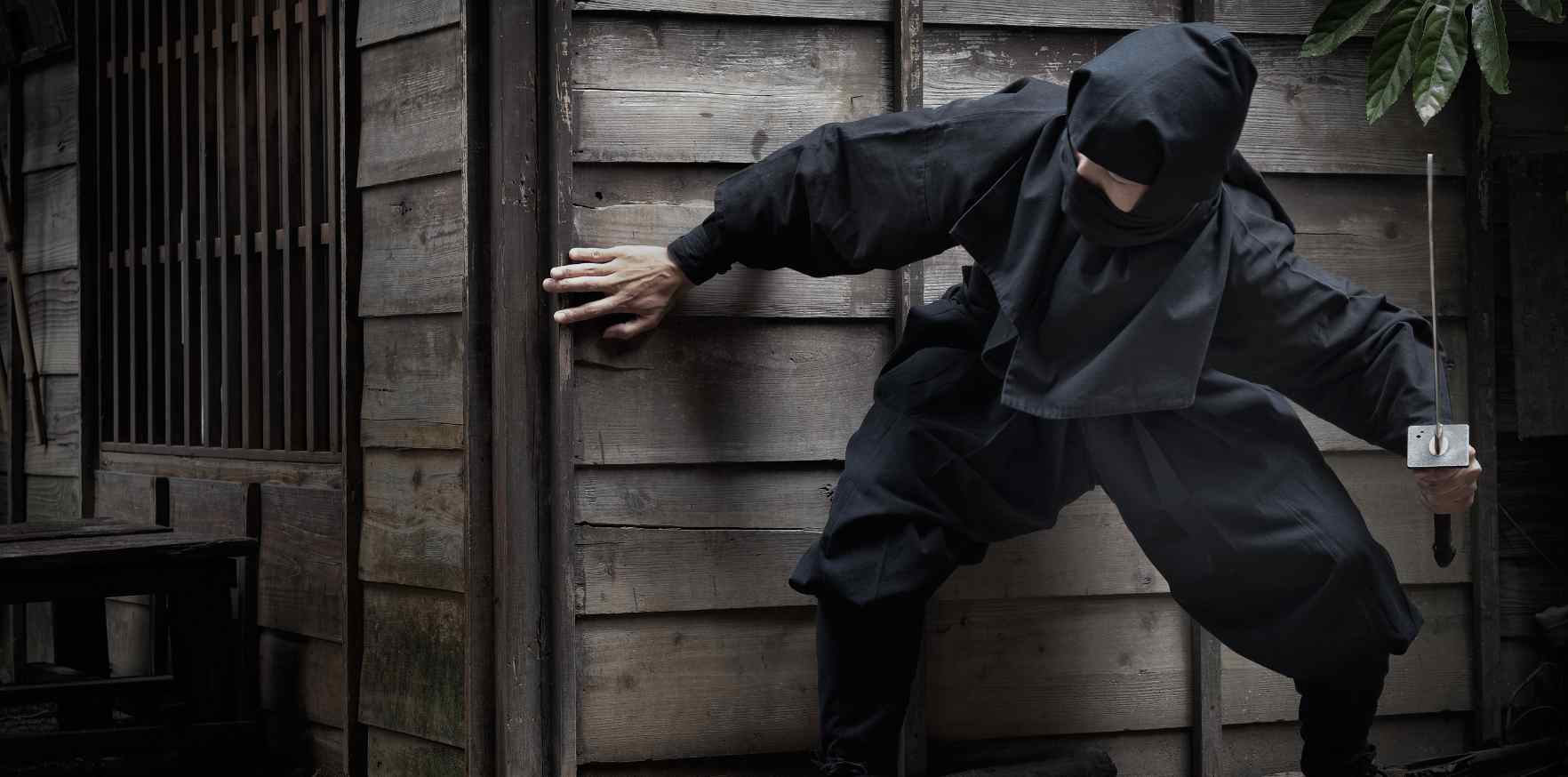
Would a Ninjato or a Katana Have the Advantage
While the katana is associated with open warfare, its strength lies in its sharpness and cutting ability, which can deliver lethal blows to an adversary. It requires substantial skill and precision to wield effectively, reflective of the lifelong devotion of the samurai.
The ninjato, on the other hand, is celebrated for its utility. The shorter, straight blade is easier to draw quickly, which is crucial in surprise attacks and assassinations. However, it may fall short in terms of reach and cutting power compared to a katana.
5. Katana Historical and Cultural Significance vs Ninjato
The katana holds a significant place in Japanese history and culture. It was not just a weapon, but a symbol of the samurai’s authority and a reflection of their soul. Even today, it's celebrated in various Japanese martial arts and seen as a work of art.
On the other hand, the ninjato carries with it the allure of the mysterious ninja. While the factual history of ninjato is under debate, it is deeply entrenched in the mystique surrounding the shinobi culture. Today, it is often seen in popular culture and martial arts that revolve around the ninja.
Summary
Differences and Similarities Between the Katana and the Ninjato:
Differences:
- Blade Design: The Katana features a curved blade, contrastingly, the Ninjato is generally depicted with a straight-edged blade.
- Length: Katanas ordinarily have a greater length, with a blade dimension extending between 60-73 cm (23.6 - 28.7 inches).
- Guard Shape: The Katana has an oval or circular tsuba (guard), while the Ninjato typically features a square or round tsuba.
- Usage: The Katana was the primary weapon for samurais, used in open warfare. In contrast, the Ninjato is believed to have been used by ninja for covert operations and close-quarter combat.
- Craftsmanship: Katanas are forged from high-quality steel using a complex process that results in a hard edge and flexible spine. The materials and methods for crafting Ninjatos are less defined due to limited historical references.
Similarities:
- Origin: Both the Katana and Ninjato originate from Japan and have a rich history tied to the country's feudal period.
- Single-Edged Blades: Both swords feature a single-edged blade, a common trait in many traditional Japanese swords.
- Hilt Design: Both swords have a long tsuka (hilt) for two-handed grip, though the Ninjato's hilt is typically longer in proportion to the blade length.
- Martial Arts: Both the Katana and Ninjato are integral to various Japanese martial arts, with specific techniques developed for each sword.
- Cultural Significance: Both swords hold significant cultural value, representing different facets of Japanese history, the samurai culture for the Katana, and the secretive, ninja culture for the Ninjato.
